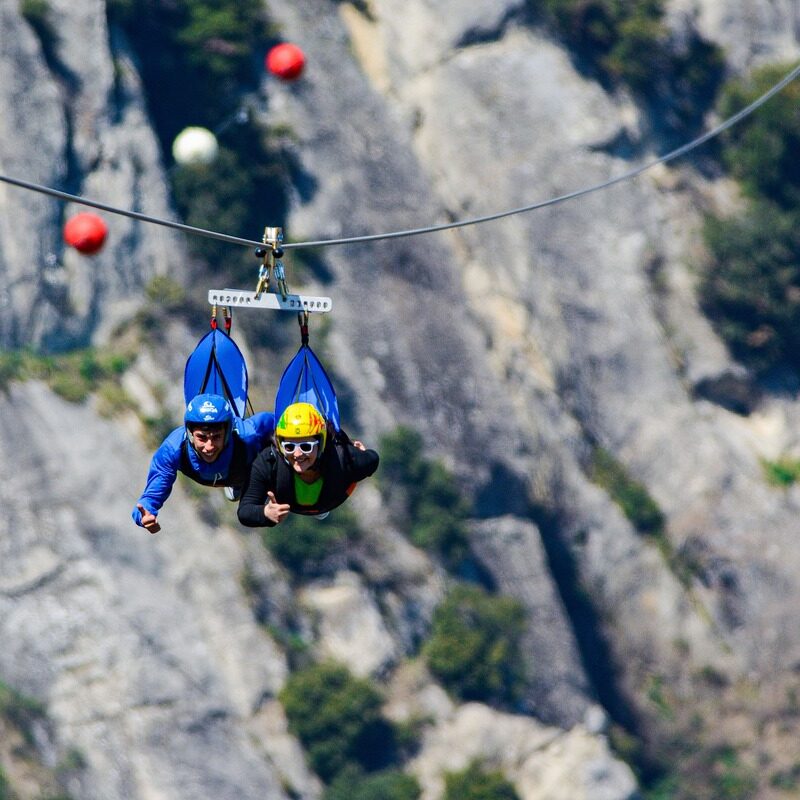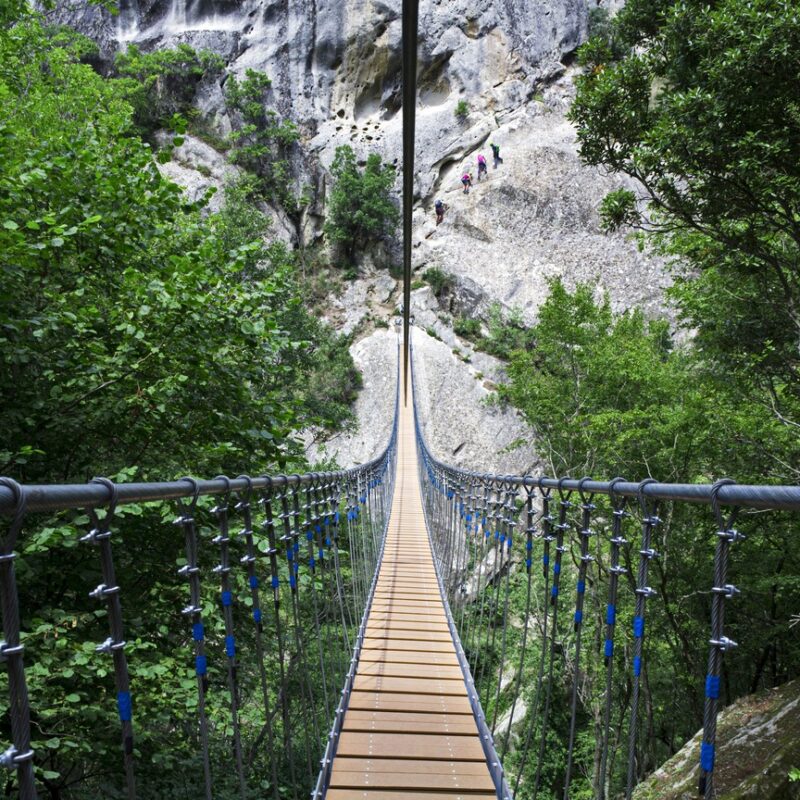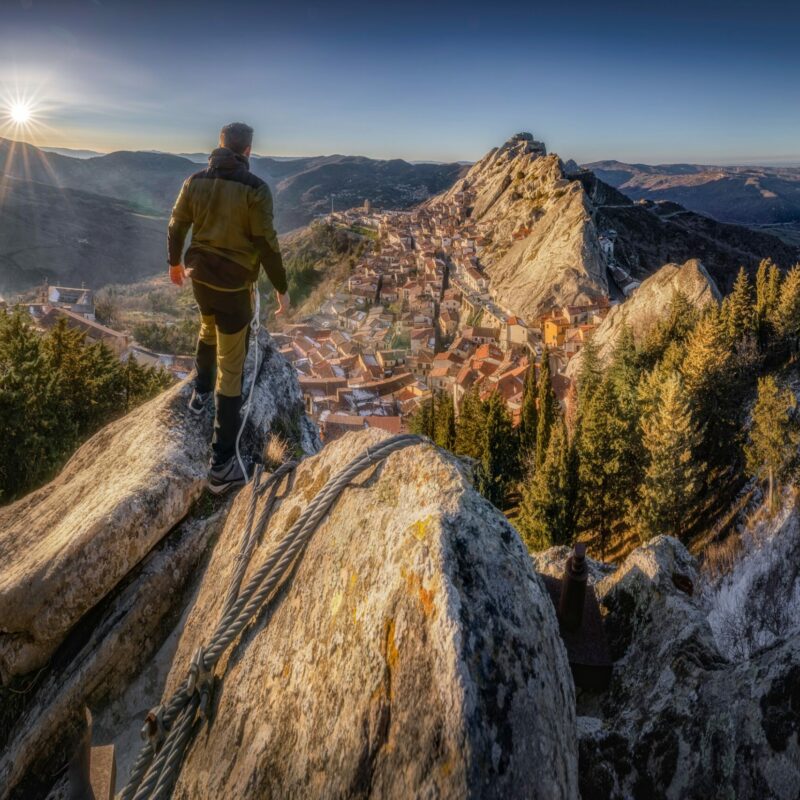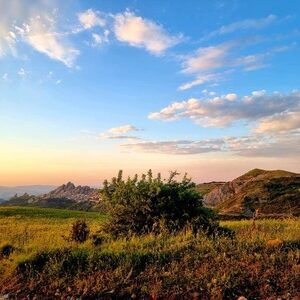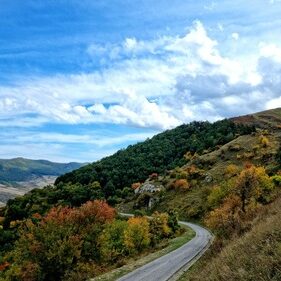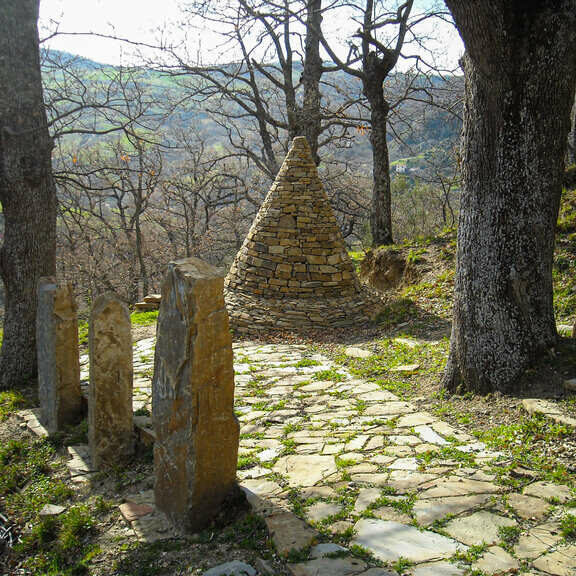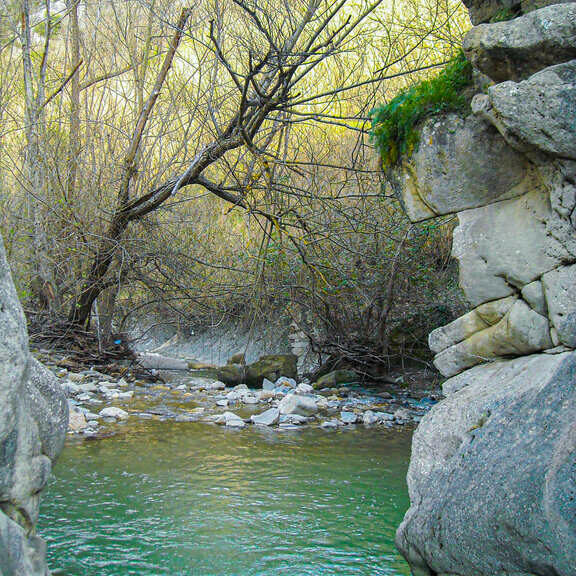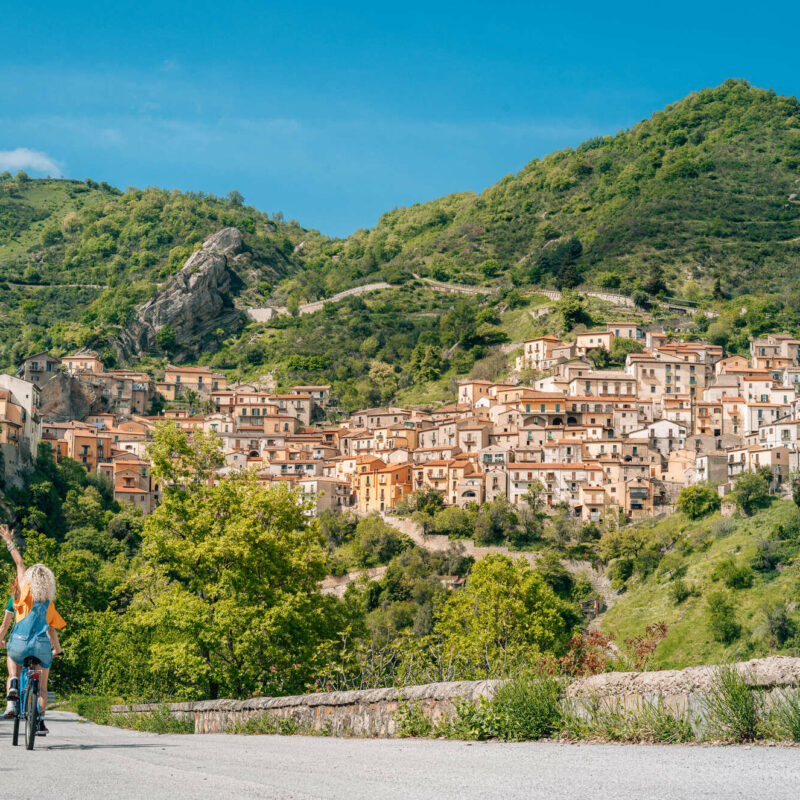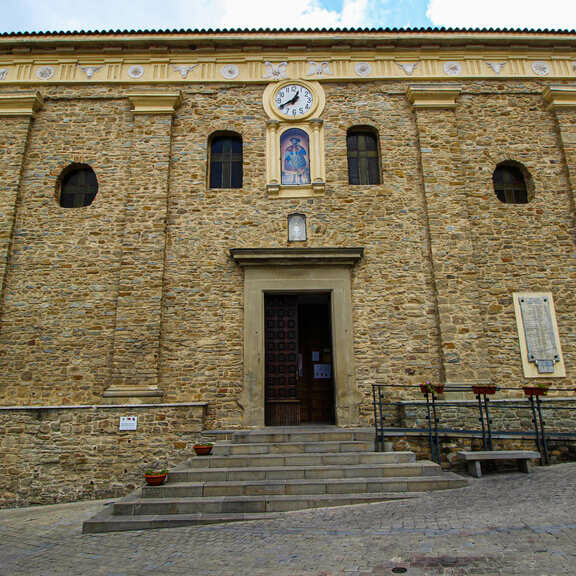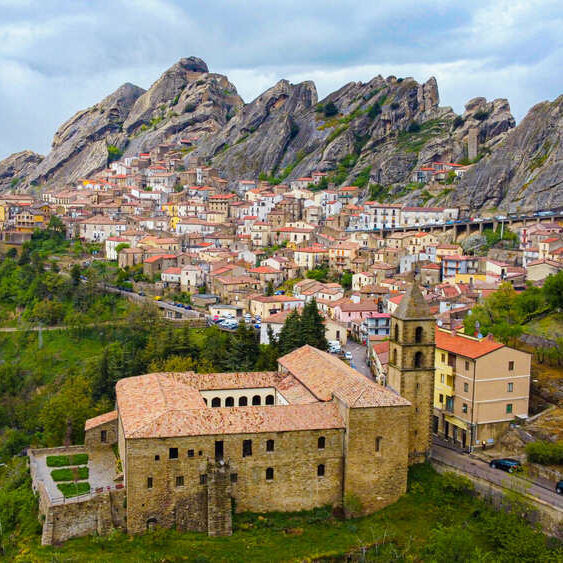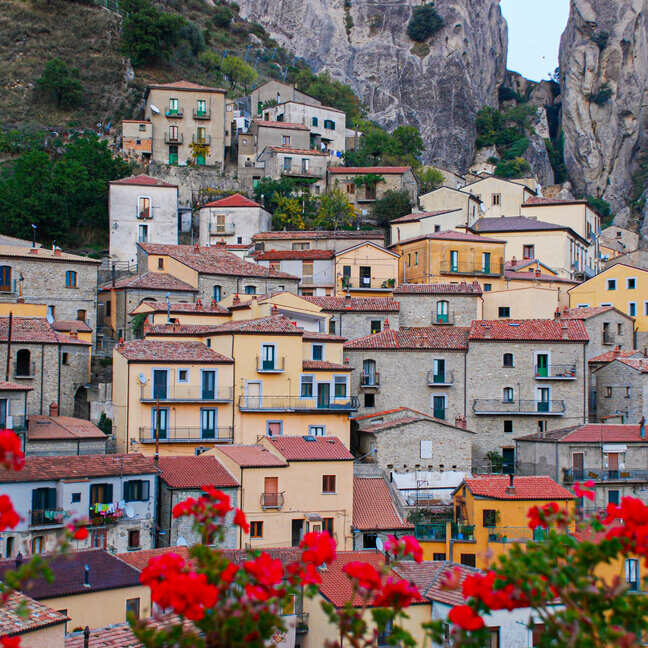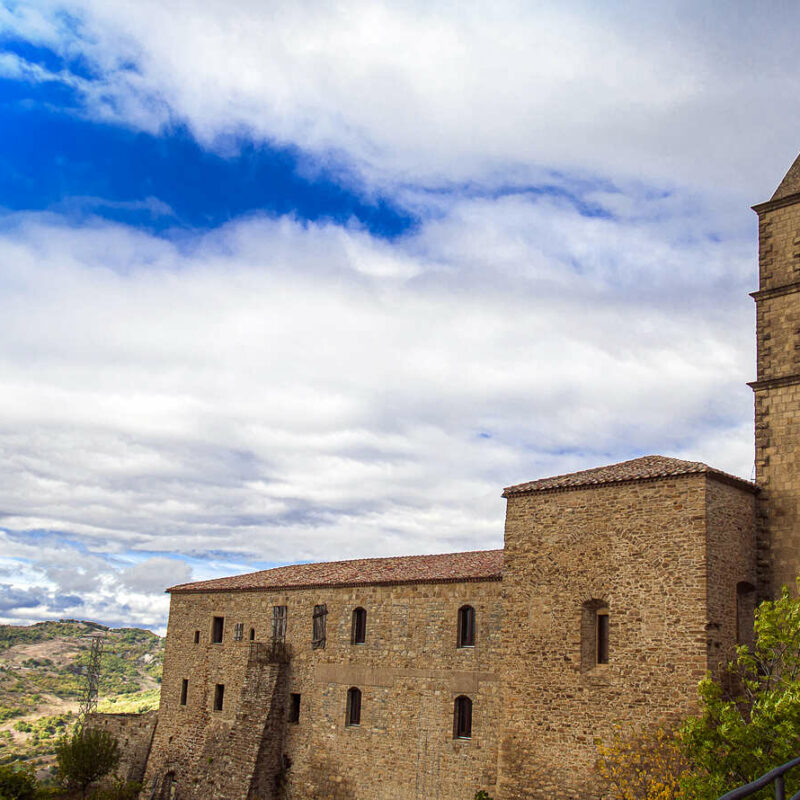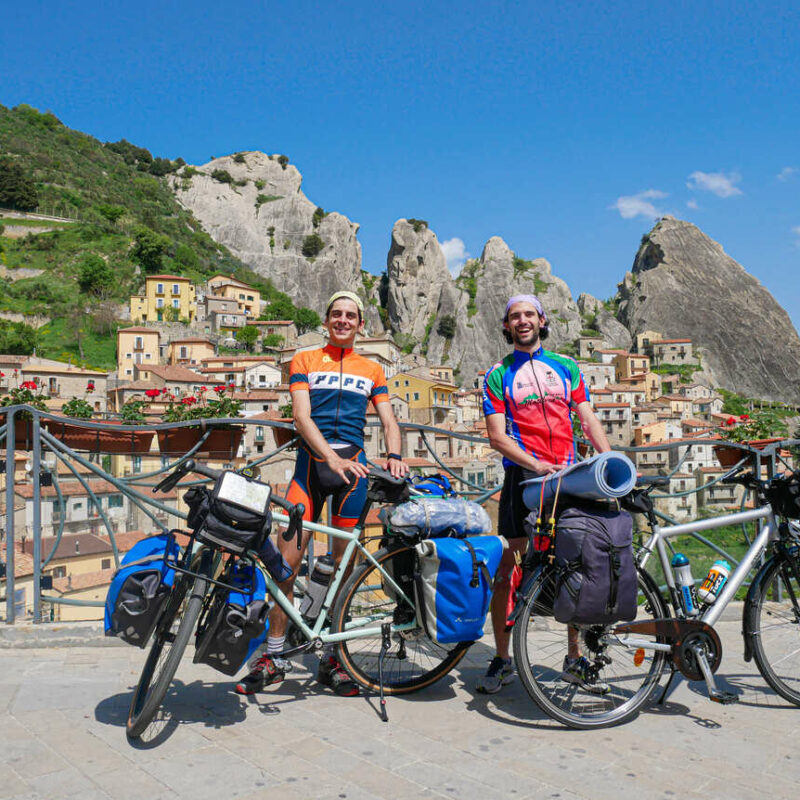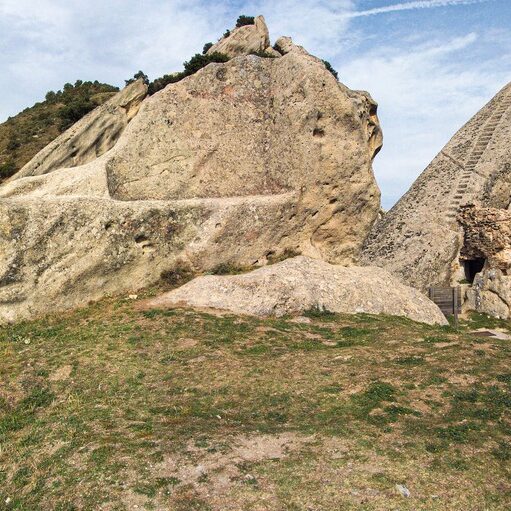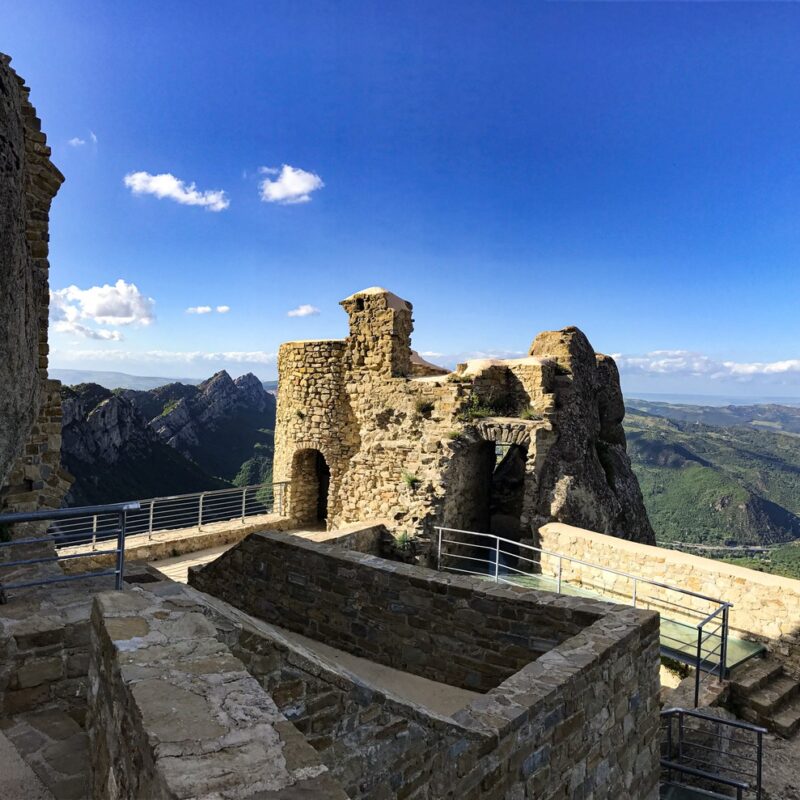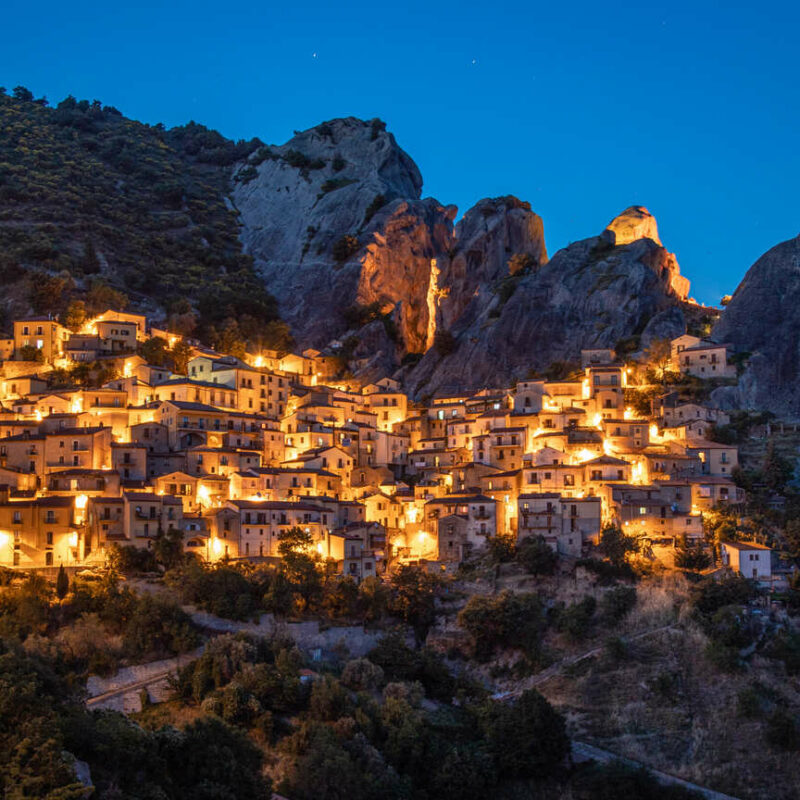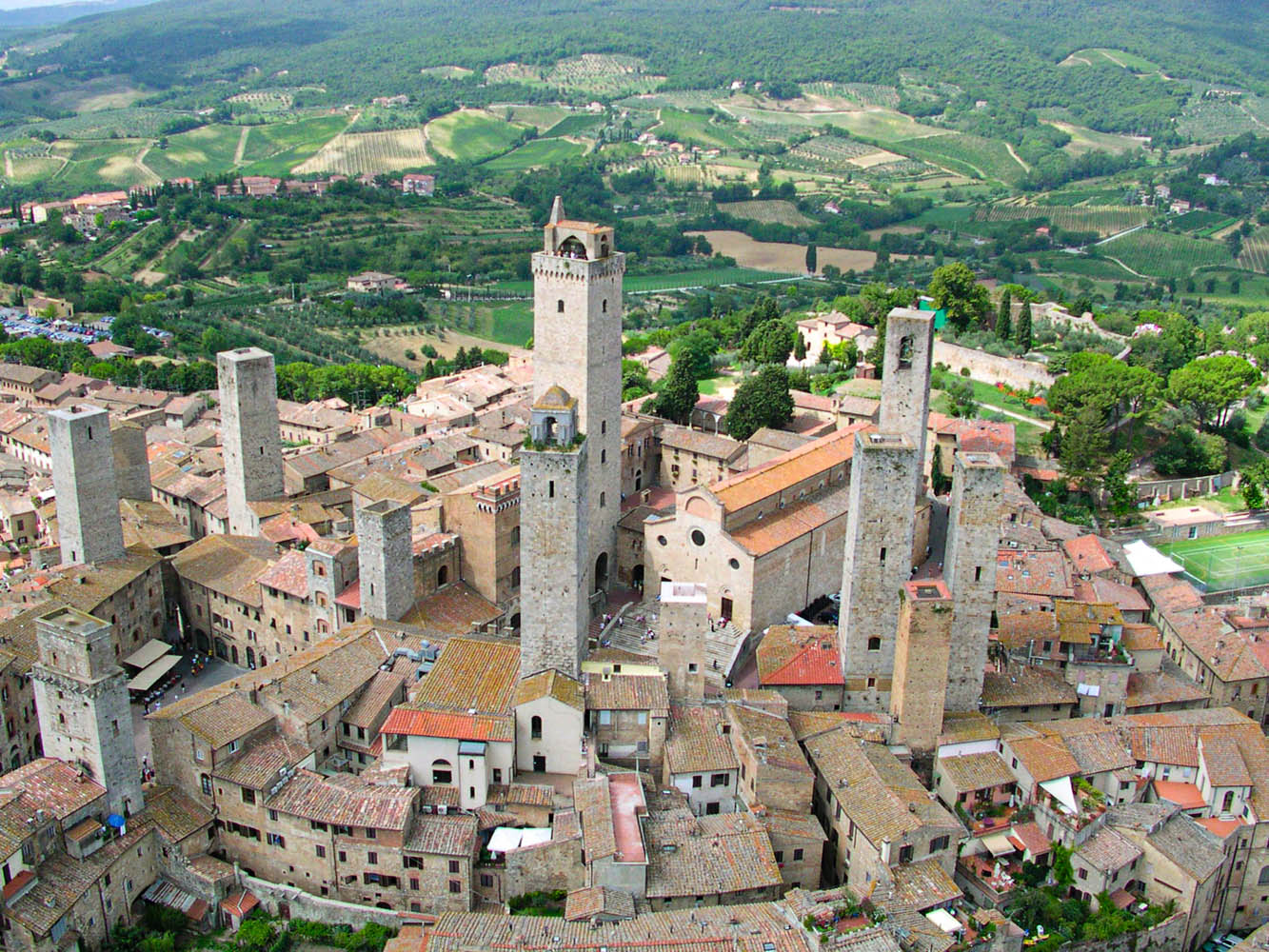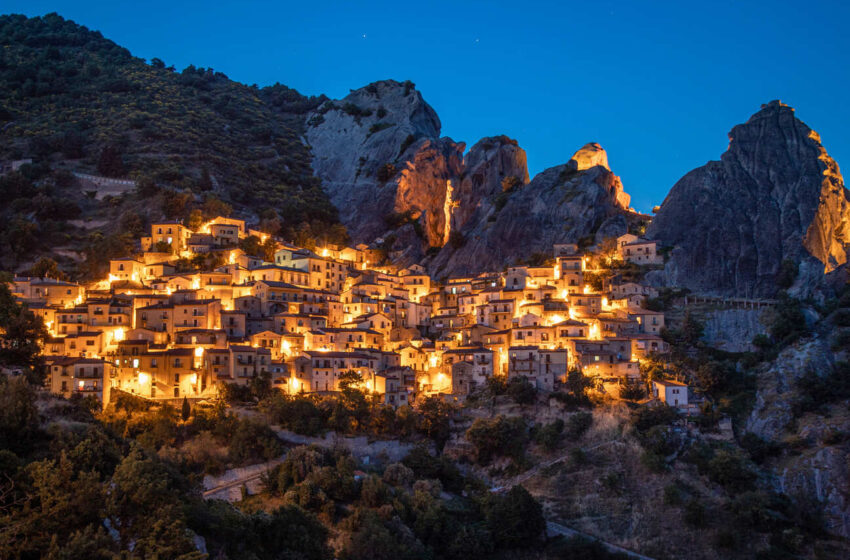
The magic of the Little Dolomites. Discovering a treasure of Lucania.
Over the years traveling across Italy, I have always thought that the Dolomites are the eighth wonder of the world, without taking anything away from their enchanting beauty and uniqueness. However, I believe that the name “Piccole Dolomiti Lucane” (Little Lucanian Dolomites) given to the group of peaks towering like “giants emerged from the sea” in the heart of the homonymous natural park, in the center of Val Basento, is absolutely deserved. Not only for the morphological resemblance to the more famous Venetian mountains, but also for its peculiar beauty and the richness of history and traditions that characterize this small mountain ridge and the magnificent villages that adorn it, Pietrapertosa and Castelmazzano.
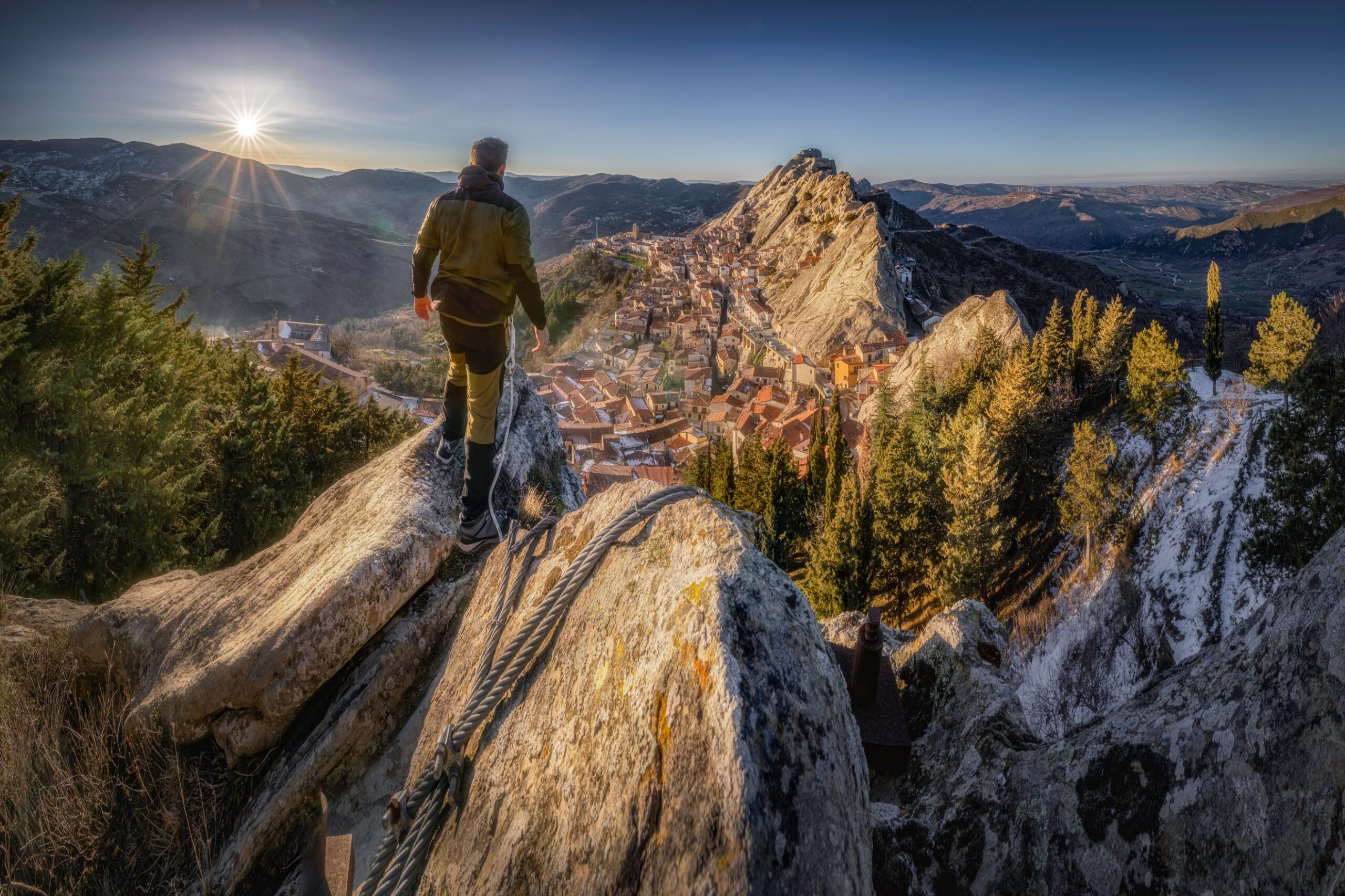
The first time I arrived in this area with my crew several years ago, I was amazed by the unique beauty of nature in these miniature Alps. A crown of sandstone spires with the most bizarre shapes and imaginative names (the royal eagle, the anvil, the great mother, the owl) that have stimulated the imagination of its inhabitants over the centuries. At its feet, villages among the rocks where eagles fly and rare black storks nest. And the green expanse of 4,200 hectares of the Gallipoli Cognato forest, adorned with imposing specimens of oak, lime, maple, and holly from the Montepiano Woods.
Together, they form the Gallipoli Cognato Regional Park and the Little Lucanian Dolomites, an area of over 27,000 hectares that extends between the province of Matera, with the villages of Accettura, Calciano, and Oliveto Lucano, and the province of Potenza with Castelmezzano and Pietrapertosa, the latter included in the circuit of the Most Beautiful Villages of Italy. For those who want to treat themselves to a little vacation in these enchanting places, I suggest starting with a visit to Castelmezzano, to discover its ancient heart, where the rock seems to emerge from the bowels of the earth and where the perched houses are framed by sandstone slabs.
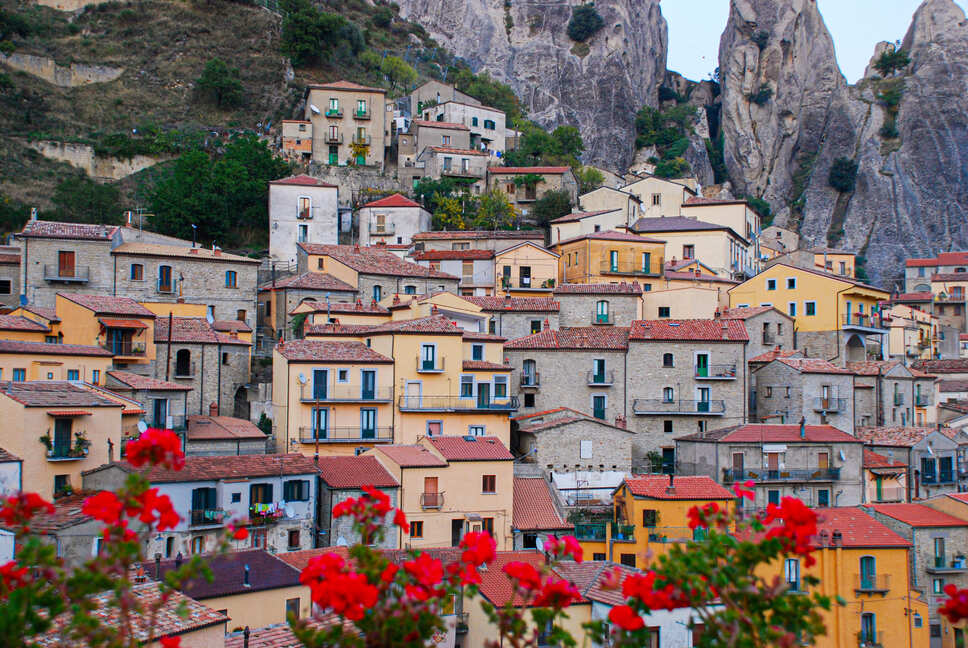
The small village takes its name from the Castrum Medianum, a Norman castle from which you can admire the ruins of the walls. Climbing from the center on a ramp of stairs, you can reach the top from where you can enjoy a breathtaking view of the regional park. In the past, these territories were teeming with brigands who found refuge in the numerous natural hideouts scattered among the rocks and lush vegetation, memories of which are preserved in the tales of the locals.
Equally rooted in folklore are the stories of the famous “masciare” (witches) from Lucania, inaccurately defined as witches, the subject of research by the great anthropologist Ernesto De Martino. A suggestive itinerary inspired by Mimmo Sammartino’s novel, “Vito Danced with the Witches” (Sellerio 2004), has been dedicated to these figures on the border between history and legend. Along an ancient peasant path of about 2 km, which connects the municipalities of Castelmezzano and Pietrapertosa, the evocative “Path of the Seven Stones” winds its way. With the help of seven totems, visitors can embark on a journey into the shared memory of generations, leading them into the mythical world of Lucanian magic, through seven keywords (destiny, enchantment, spell, witches, flight, dance, delirium).
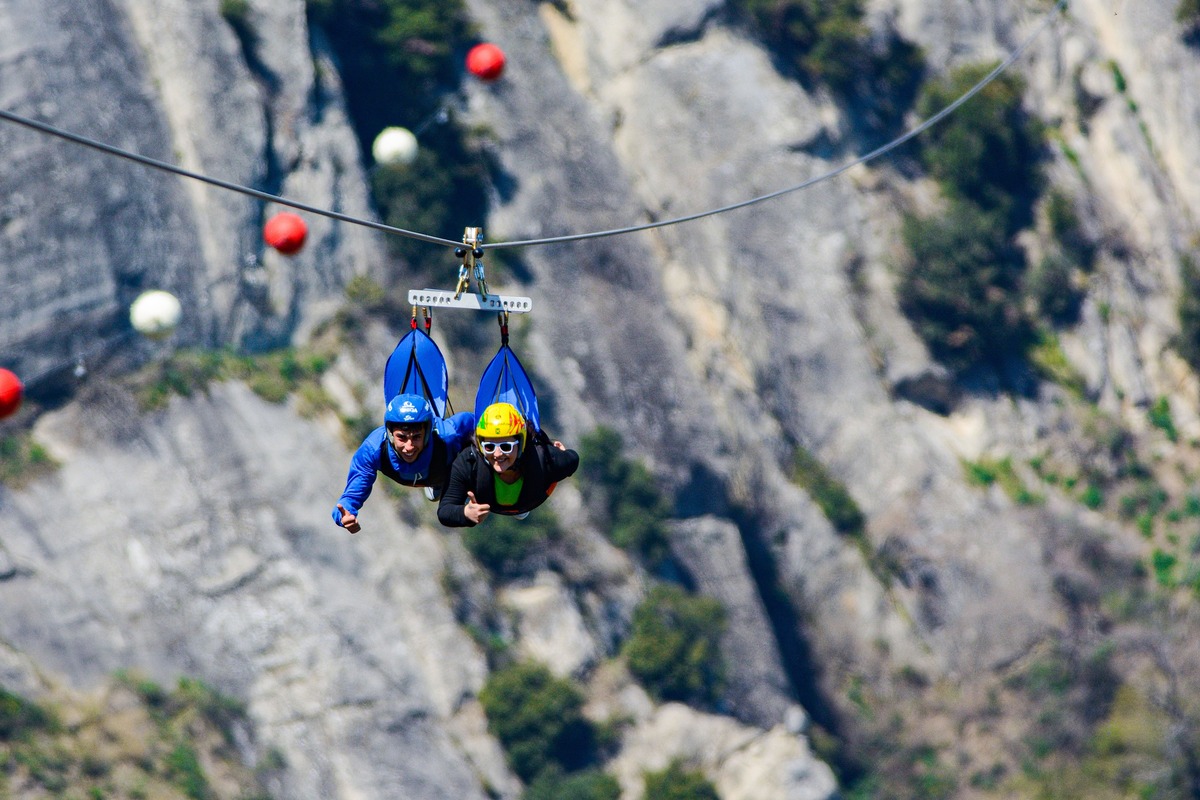
For those who instead want to experience the adrenaline rush of the “witches’ flight” for real, they can do so along a steel cable that allows them to launch with the line from Castelmezzano (starting altitude 1019 meters) and arrive in Pietrapertosa (arrival altitude 888 meters), reaching speeds of 120 km/h over a distance of 1452 meters! For the fearless, there is also the other line, called San Martino, which starts from Pietrapertosa (starting altitude 1020 meters) and arrives in Castelmezzano (arrival altitude 859 meters) after covering 1415 meters at a maximum speed of 110 km/h. For those who prefer to reach Pietrapertosa by car, they can take a winding but scenic road and enjoy the approach to this authentic gem of the Little Dolomites. Perched at 1088 meters above sea level, the highest municipality in Basilicata and one of the most beautiful villages in Italy, Pietrapertosa stands out on the bare rock, its name derived from the large perforated rock found at the entrance of the village (in dialect Pietraperciata, meaning perforated stone).
Dominating the Norman Castle (built on a previous Saracen tower), from which you can enjoy a breathtaking view of the Basento Valley, it is embellished in the historic center by the Arabata (in dialect Arav’t), a narrow line of old peasant houses connected by a dense maze of tunnels that wind through the sandstone walls, a suggestive testimony of ancient Arab presence. Absolutely worth visiting is the mother church dedicated to San Giacomo Maggiore, which houses a precious fresco, dating back to the early sixteenth century, by Giovanni Luce da Eboli inspired by the theme of the Universal Judgment, faithfully representing the events of the last days, especially the resurrection of the dead and the fate of souls, set in a landscape where you can recognize the typical clay ravines and sandstone spires of the local Lucanian Dolomites.
A land rich in history and traditions like the rite of the “Mascio” and the “Cima,” a survival of an ancient arboreal cult rooted in animism, similar to the more famous one in Accettura (the May), celebrated in June and culminating in a colorful and noisy popular festival. A final piece of advice, if you pass through these parts, don’t miss the famous “cruschi” peppers, the black pig cooked at low temperature, the Lucanian Dolomites lamb with wild thyme and mushrooms, the Podolian beef steak on the grill, and the legendary Lucanian cod.
Gallery:
CREDITS FOTO:
APT Basilicata
Vito Francesco Ruggiero
Michele Luongo
Caspar D. Diederik
Lucia Piccirillo
Mngon
Gio Russo
Teodoro Corbo

Giornalista italiano con oltre 40 anni di esperienza nel mondo dei media.
Leggi in:
![]() Italiano
Italiano





